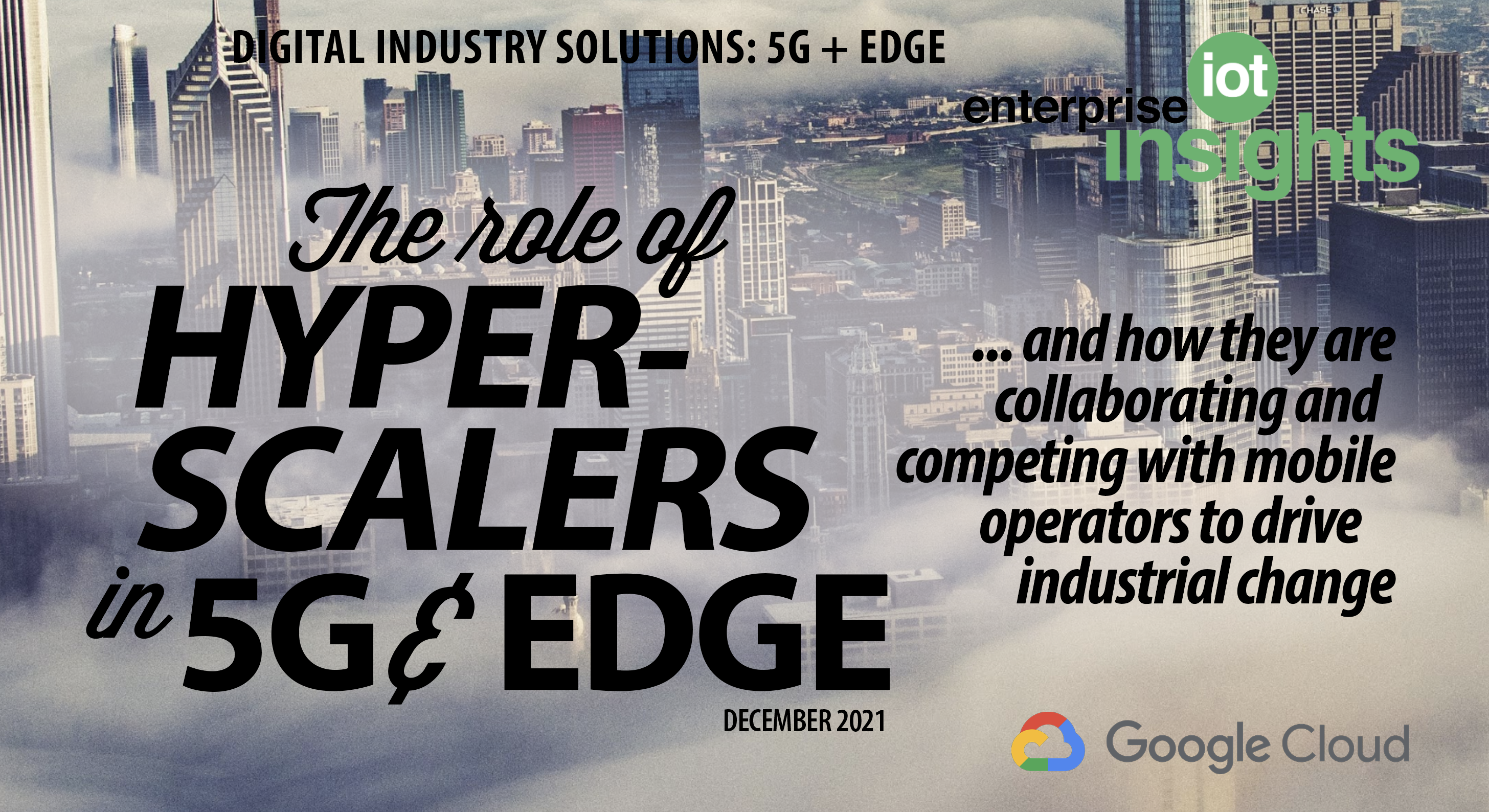Verizon and Google Cloud have confirmed a partnership on 5G and multi-access edge computing (MEC). Verizon said it is the first US operator to offer “5G mobile edge computing” with “all” of the major cloud providers. It is working with Microsoft Azure at the site-edge (Azure Stack Edge), and with Amazon Web Services at both the on-site enterprise edge (Outposts) and the network edge (Wavelength). Google Cloud has a MEC deal with AT&T in the US.
The collaboration will also cover private 5G, using on site RAN, cloud-based core networking, and Verizon’s public spectrum holdings. It is also likely to cover CBRS installs, where Verizon works as system integrator using shared spectrum in the 3.55-3.7 GHz CBRS band. Swedish network vendor Ericsson has said it will pilot the combined service, bringing Verizon’s 5G airtime and Google Cloud’s edge computing, at its 5G smart factory in the US.
Ericsson’s smart factory in Lewisville, Texas, in the US, opened in 2020 and already recognised as a ‘lighthouse’ smart factory by the World Economic Forum, builds 5G radios. The factory makes use of nascent industrial 5G for connecting machines and sensors to edge compute and cloud analytics programmes, to enable near real-time data processing, remote control, and low-latency industrial applications. It is part of the vendor’s smart-factory axis, also incorporating smart factory sites in Europe and China.
Google Cloud revealed its new Google Distributed Cloud portfolio at its annual Google Next event in October, with a mission to extend its cloud infrastructure into carriers’ 5G mobile network edge, and also into enterprises, either via their private regional data centres, or their on-site ‘far’ edge compute functions. The new portfolio comprises two versions: Google Distributed Cloud Edge, available now in ‘preview’ form, and Google Distributed Cloud Hosted, coming in 2022.
Its edge service is based on a new hybrid cloud platform called Anthos, which works the same for its developer ecosystem on enterprises premises, the mobile network edge, and in multiple public clouds, including from Microsoft and AWS. It uses the firm’s open source Kubernetes engine for container orchestration management. Google Cloud told Enterprise IoT Insights this week the Anthos platform would, effectively, do for enterprise 5G what Android did for consumer 4G, and bring the innovation over the top of the connectivity and compute infrastructure..
Verizon mentioned support for “real-time enterprise applications like autonomous mobile robots, intelligent logistics and factory automation” in its press note. It said: “The companies expect that this combination of Verizon’s private on-site 5G and private 5G edge with Google’s Distributed Cloud Edge will enable enterprises in industries from retail to manufacturing to unlock the power of 5G and edge computing and gain operational efficiencies, higher levels of security and reliability, and improved productivity.”
The pair will combine on a series of co-creation initiatives with developers and enterprises, they said. The first trial use case in the Ericsson plant in Texas involves a Verizon smart sensor solution, where a camera is attached to an autonomous mobile robot to scan packages in order to maintain inventory and location of indirect materials in the factory’s warehouse. Using computer vision, the robot communicates the bar code and shipping label data via 5G and edge computing to the inventory management system.
Thomas Kurian, chief executive at Google Cloud, said: “Through our planet-scale infrastructure and expertise in data analytics, artificial intelligence and machine learning, Google Cloud is enabling the rapid development and deployment of new services and applications. By bringing intelligence from data centers to the network edge, Verizon 5G Edge with Google Distributed Cloud Edge will allow customers to build new cross-industry edge solutions, unlock new revenue models, and transform the next generation of customer experiences – from AI-driven in-store operations to live inventory management on the factory floor, the possibilities span multiple industries.”
Rima Qureshi, chief strategy officer at Verizon, said: “By working with partners like Google Cloud and Ericsson, we’re building the 5G edge compute ecosystem that will enable enterprises in many industries to benefit from having a completely dedicated private network and edge compute infrastructure on premise. 5G Edge with Google Distributed Cloud Edge will give our customers the ability to connect and manage a broad range of devices at scale and speed while also providing highly secure, near real-time connectivity. This will allow companies to unlock greater value from data and enable innovative applications involving computer vision, augmented and virtual reality, and machine learning.”
Niklas Heuveldop, president and head of Ericsson in North America, said: “Ericsson’s Smart Factory is where we’re putting the principles of the Fourth Industrial Revolution into action. Technologies like Verizon’s 5G Edge, which is built on Ericsson’s 5G Private Network technology, are critical for unlocking 5G’s true potential, and this pilot brings real-time data to make operations more efficient, secure, and cost-effective. Testing this technology with autonomous mobile robots in our Smart Factory is an important step on the journey to the factory of the future.”
Check out the new editorial report from Enterprise IoT Insights, ‘The Role of Hyperscalers in 5G and Edge’ – which includes commentary from both Google Cloud and Verizon, among others. The report will be available here, by the end of the week.


